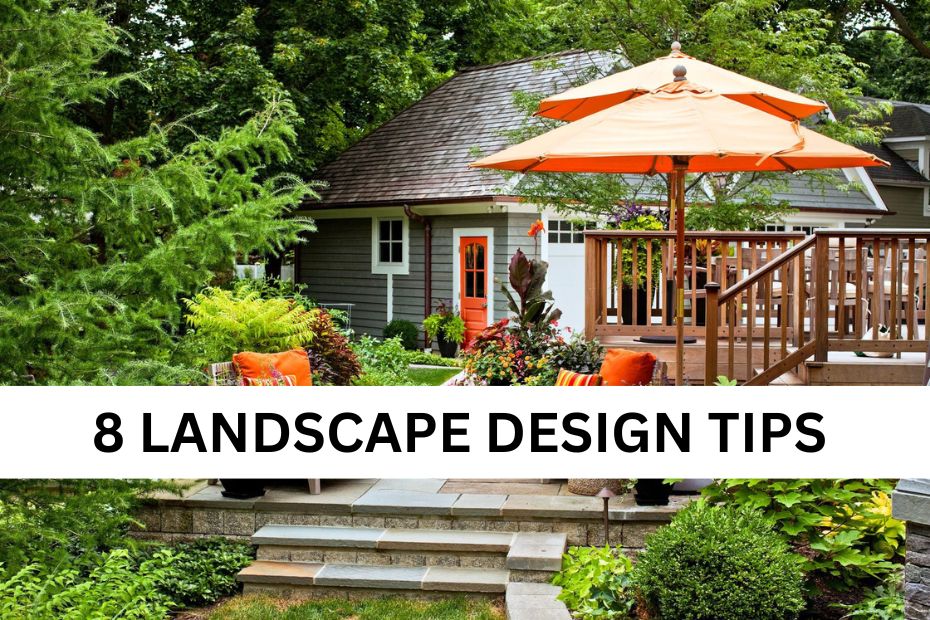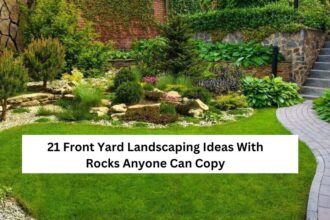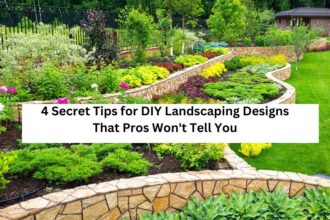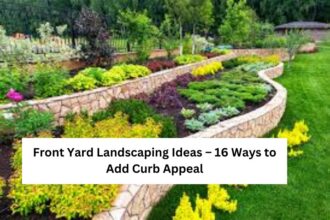Landscape design is more than just arranging plants, trees, and shrubs in your outdoor space. It’s about creating a harmonious environment that reflects your style, enhances your property, and provides a place of relaxation and enjoyment. Whether you’re a seasoned gardener or a novice, these eight landscape design tips will help you transform your outdoor area into a stunning oasis.
Introduction
When it comes to designing your landscape, it’s essential to start with a solid plan. By understanding your space, defining your style, and incorporating key elements, you can create a beautiful and functional outdoor environment that you’ll love spending time in.
Understanding Your Space
Before you begin any landscaping project, take the time to assess your outdoor area. Consider factors such as the size and shape of your yard, the existing features, and any potential challenges like slopes or drainage issues. Understanding your space will help you design a layout that maximizes its potential while addressing any limitations.
Defining Your Style
Landscape design offers a myriad of styles to choose from, ranging from formal to casual, traditional to contemporary. Take some time to explore different design styles and find inspiration in magazines, online resources, or even your own neighborhood. Consider elements such as color schemes, plant choices, and architectural features that appeal to you.
Creating Focal Points
Focal points are key elements in landscape design that draw the eye and create visual interest. Whether it’s a striking tree, a beautiful fountain, or a captivating sculpture, focal points add depth and dimension to your outdoor space. When choosing and placing focal points, consider factors such as scale, balance, and the overall theme of your design.
Choosing the Right Plants
Selecting the right plants is essential for creating a thriving landscape. Consider factors such as your climate, soil type, and maintenance preferences when choosing plants for your outdoor space. Aim for a mix of trees, shrubs, perennials, and annuals to create year-round interest and ensure biodiversity in your garden.
Incorporating Hardscaping Elements
In addition to plants, hardscaping elements such as pathways, patios, and decks play a crucial role in landscape design. These structures provide functionality and define different areas of your outdoor space. When incorporating hardscaping elements, consider materials that complement your home’s architecture and enhance the overall aesthetic of your landscape.
Utilizing Color and Texture
Color and texture are powerful tools in landscape design that can evoke mood and create visual interest. Experiment with different combinations of plant colors and textures to create depth and contrast in your garden. Consider how foliage, flowers, and hardscaping materials can work together to achieve a cohesive and inviting outdoor environment.
Considering Maintenance
When designing your landscape, it’s essential to consider the level of maintenance required to keep it looking its best. Opt for low-maintenance plants and materials whenever possible, and design your layout with ease of upkeep in mind. Regular maintenance tasks such as watering, pruning, and mulching will help keep your landscape healthy and vibrant year-round.
Sustainable Landscape Design Practices
Incorporating sustainable landscaping practices not only benefits the environment but also helps reduce maintenance and water usage in your outdoor space. Consider options such as xeriscaping, rainwater harvesting, and native plant gardening to create a sustainable and eco-friendly landscape that thrives with minimal input.
Maximizing Space with Vertical Gardens
Vertical gardening is a great way to maximize space in small yards or urban environments. From vertical planters to trellises and living walls, there are numerous creative options for adding vertical interest to your landscape. Experiment with different plants and structures to create a lush and vibrant vertical garden that adds beauty and functionality to your outdoor space.
Lighting Design for Ambiance
Outdoor lighting can transform your landscape into a magical retreat after dark. From path lights to spotlights and string lights, there are endless options for creating ambiance and highlighting key features in your garden. Experiment with different lighting techniques and fixtures to create a warm and inviting atmosphere that extends your outdoor enjoyment into the evening hours.
Creating Outdoor Living Spaces
Outdoor living spaces such as patios, decks, and pergolas provide a comfortable and inviting place to relax and entertain outdoors. When designing these areas, consider factors such as seating arrangements, cooking facilities, and shade options to create a functional and enjoyable outdoor environment that suits your lifestyle.
Enhancing Privacy and Security
Privacy and security are important considerations for any outdoor space. Incorporate features such as fences, hedges, or privacy screens to create a sense of seclusion and security in your garden. Additionally, consider lighting and surveillance options to enhance safety and peace of mind in your outdoor environment.
Seasonal Maintenance and Updates
Finally, don’t forget to plan for seasonal maintenance and updates to keep your landscape looking its best year-round. From planting seasonal flowers to refreshing mulch and cleaning hardscaping surfaces, regular maintenance tasks will help ensure that your outdoor space remains beautiful and inviting throughout the changing seasons.
Conclusion
Designing a beautiful and functional landscape requires careful planning, creativity, and attention to detail. By following these eight landscape design tips, you can create an outdoor space that reflects your style, enhances your property, and provides a place of enjoyment for years to come.
FAQs
- How do I choose the right plants for my landscape?
- Consider factors such as climate, soil type, and maintenance preferences when selecting plants for your outdoor space.
- What are some low-maintenance landscaping ideas?
- Opt for drought-tolerant plants, use mulch to suppress weeds, and minimize turf areas to reduce maintenance requirements.
- How can I make my landscape more sustainable?
- Incorporate native plants, use rainwater harvesting systems, and minimize chemical inputs to create a more sustainable landscape.
- What are some creative ideas for vertical gardening?
- Consider using vertical planters, trellises, and living walls to maximize space and add vertical interest to your landscape.
- How can outdoor lighting enhance my landscape design?
- Outdoor lighting can create ambiance, highlight key features, and extend your outdoor enjoyment into the evening hours.






